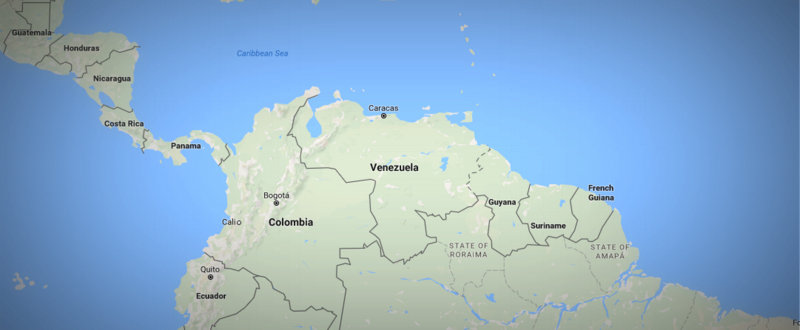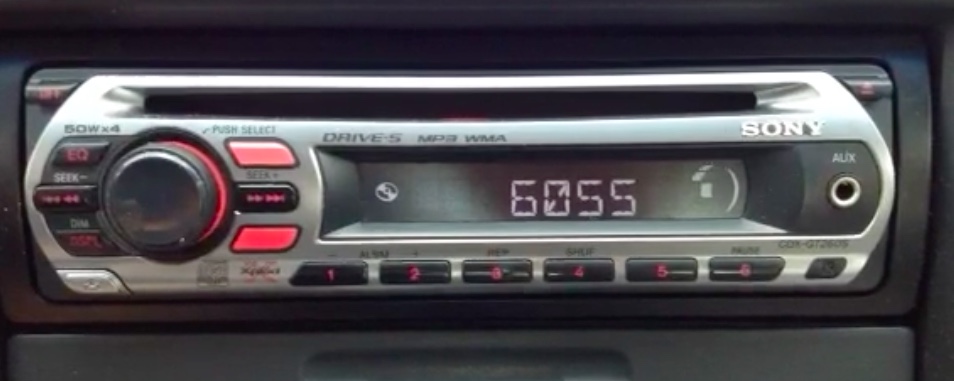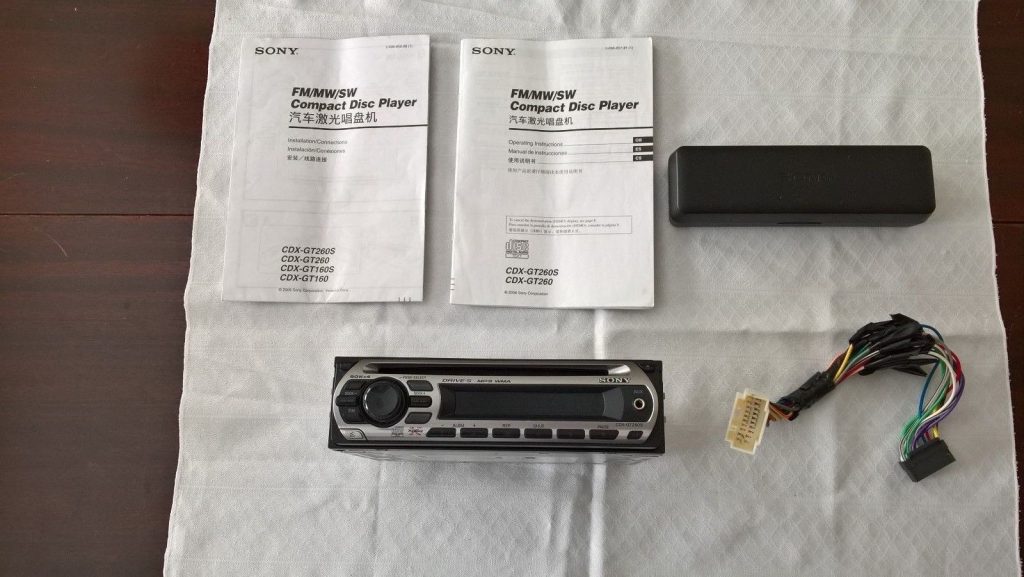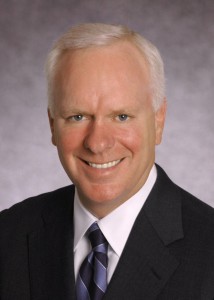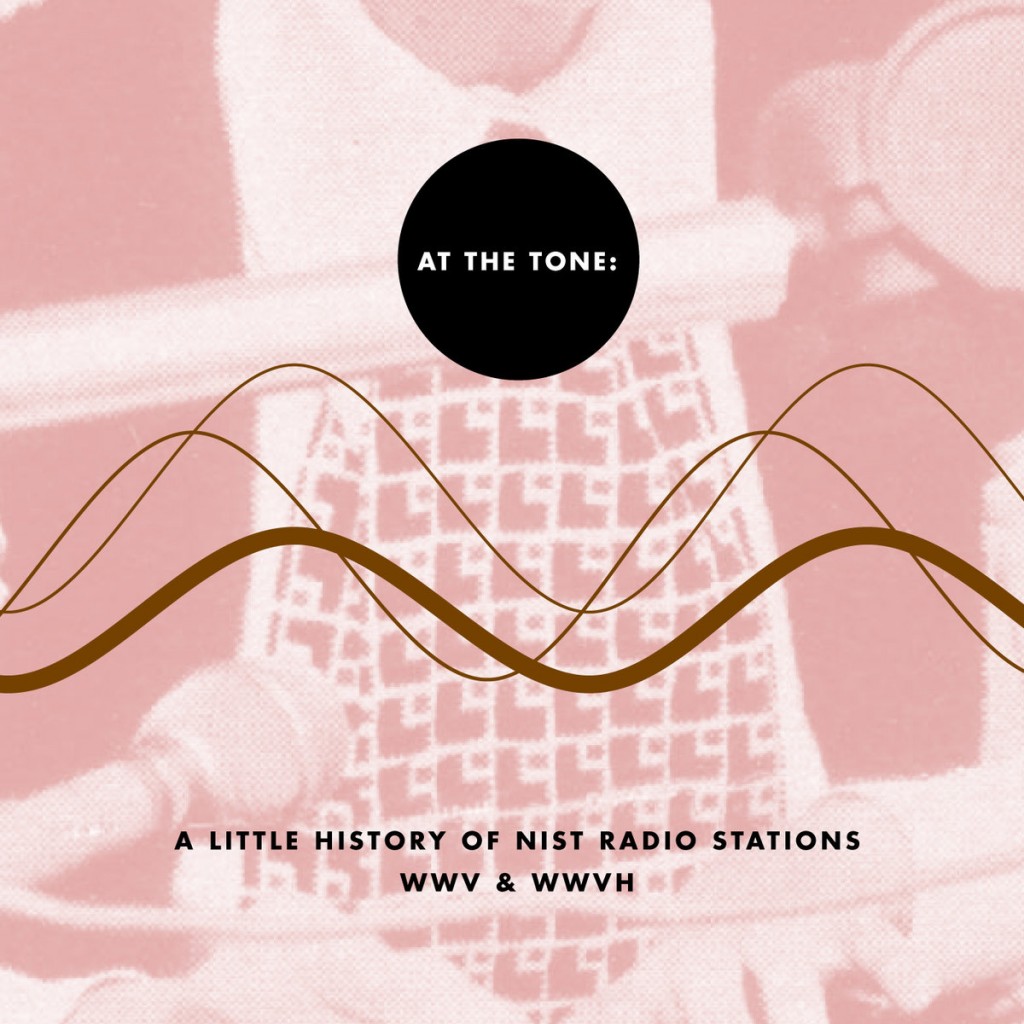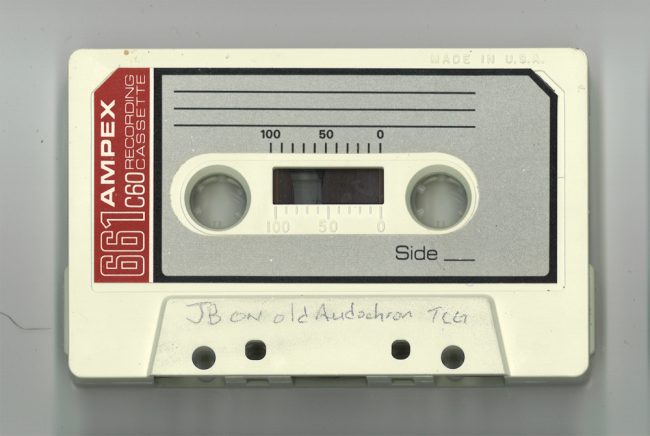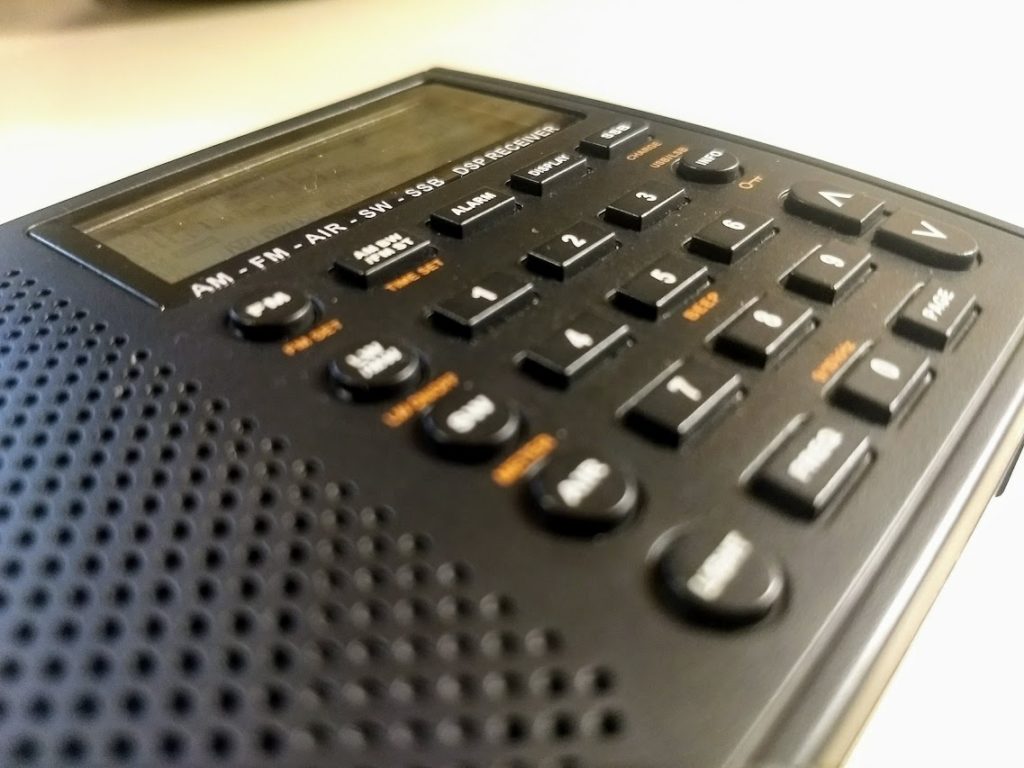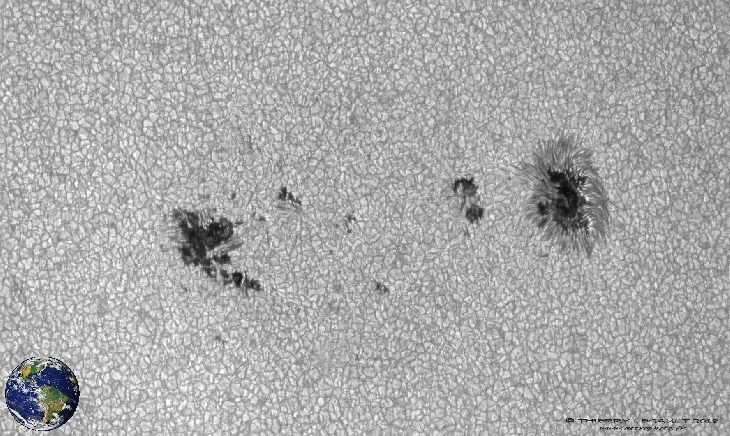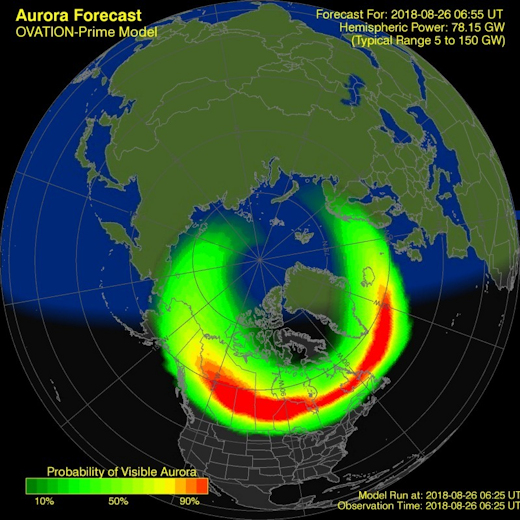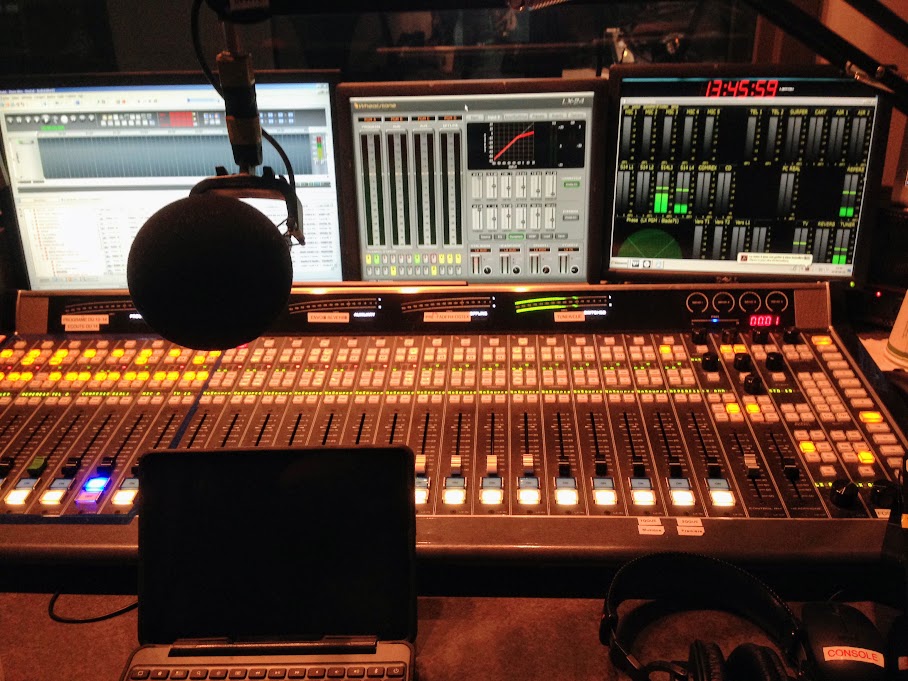Many thanks to SWLing Post contributor, Dan Robinson, who shares the following recordings and writes:
With the news over the past few years, and especially over the last few weeks, of the rapid decline of Venezuela, it’s interesting to recall that there was a day when that country was a powerhouse on the shortwave band, with numerous private radio stations that SWL’s around the world could hear in the 90, 60, 49, 31, and 19 meter bands.
There was also a brief attempt to put Venezuela on the map as an international broadcaster, with Radio Nacional de Venezuela which was audible at good signal levels.
Our thanks to Dan for this 45 minute recording, found in Dan’s archives of recordings, from 2004 when Radio Nacional de Venezuela was on the air in October 2004:
Dan also found the following episode of RNW Media Network, which was produced by Jonathan Marks, from March of 1990, with a focus on Venezuela:
Dan, thank you so much for sharing these excellent off-air recordings! I will also add these to the Shortwave Radio Audio Archive. We look forward to any other recordings you might turn up in your archives.

